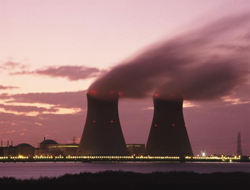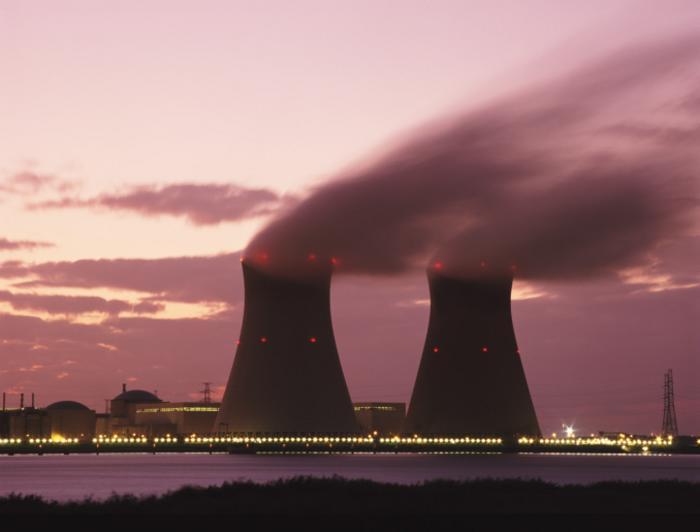Heavyweight Contender
Supernova explosions at the ends of stars’ lives produce most of the elements heavier than iron. But theorists have had trouble cooking up models of supernovae that make the heaviest elements in their observed abundances. A theoretical study in the March Physical Review C shows that a process involving fission–nuclei falling apart–could fit into the complicated story of heavy element synthesis. The new model is one of the most complete to date, and produces the right amounts of the heaviest elements, but it also requires more neutrons than a supernova is likely to produce. So the model doesn’t offer a fully satisfying account of heavy element production but indicates some worthwhile directions for further work.
Theorists have believed for decades that the so-called r process, or rapid neutron capture, plays a crucial part in heavy element production in supernovae. Light nuclei quickly grow massive by capturing free neutrons. They eventually undergo repeated beta decay–where neutrons become protons–and turn into heavy elements with a stable balance of protons and neutrons.
Some researchers have suggested that another process, called fission cycling, may occur along with the r process and might be an essential part of the complex mechanism of heavy element production. Fission cycling happens when unstable neutron-rich nuclei break into roughly equal fragments that become new seeds for neutron capture. But as astrophysicists have refined their models of the various types of supernovae and the conditions that occur in different stages of the explosions, they’ve had trouble finding an environment where the r process, let alone fission cycling, can plausibly occur.
One proposed site for heavy element production is a stage after the initial explosion in some supernovae where an outward blast of neutrinos from a newly-formed neutron star blows out a lot of neutron-rich material. Gail McLaughlin, of North Carolina State University in Raleigh, her graduate student Joshua Beun, and their colleagues set out to find conditions that would allow fission cycling and the r process to produce heavy elements in a neutrino-driven “wind.” Focusing on elements with atomic number greater than about 130, they were surprised to find that within a fairly wide range of conditions, their model yielded an element abundance pattern that has been observed in both old and new stars. Theirs is the first model to successfully include both the r process and fission cycling, and they didn’t expect it to match observations so well.
The team explored neutrino-driven winds that had different expansion rates and different initial ratios of free neutrons to free protons. If the neutron-to-proton ratio was too low, the researchers found, the r process simply couldn’t happen. For ratios above a certain threshold, the r process took off, but the amounts of heavy elements produced depended sensitively on the ratio. But with still higher neutron-to-proton ratios, fission cycling also occurred, and the resulting heavy element abundances became fairly insensitive to the ratio or to the wind’s expansion rate. The existence of this last regime, the authors note, offers a possible explanation for a surprising astronomical observation: similar heavy element abundances are seen in stars of different ages and galactic locations. Such a wide variety of stars ought to have acquire its heavy elements from the remains of a range of supernova types.
The one serious problem for the model is that, in current supernova models, neutrino-driven outflows don’t have a high enough neutron-to-proton ratio for the r process and fission cycling to occur at all. Beun and his colleagues have previously suggested [1] that the existence of a so-called sterile neutrino might increase the predicted number of neutrons, although the existence of such particles remains an open question. Beun says that the results of the model should spur a closer examination of neutrino physics in neutrino-driven winds as well as a search for other models in which fission cycling can achieve similar outcomes.
Chris Fryer of Los Alamos National Laboratory in New Mexico is skeptical that neutrino-driven outflows are a likely venue for the r process but says that the most exciting aspect of the calculations is the suggestion that fission cycling, which has received only limited attention, may indeed play an important role.
–David Lindley
David Lindley is a freelance science writer in Alexandria, Virginia.
References
- J. Beun, G. C. McLaughlin, R. Surman, and W. R. Hix, “Fission Cycling in Supernova Nucleosynthesis: Active-Sterile Neutrino Oscillations,” Phys. Rev. D 73, 093007 (2006)





